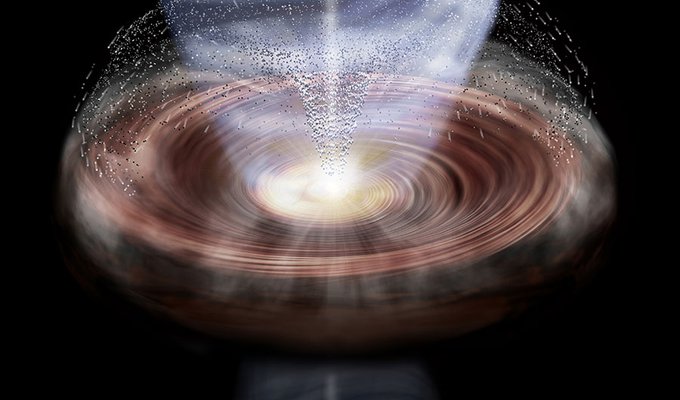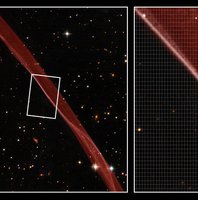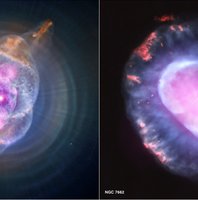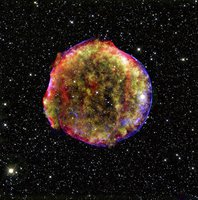Planets normally form when the disk of gas and dust around a star collapses because of the star’s gravity. Having more mass than the disk around it, the star “pulls” this material closer. After a long time, the gas is gone, while the dust is continuously replaced. The dust particles stick together, eventually forming planet "embryos" (which scientists call "planetesimals") and, in the final stage, the planets.

Have you ever seen a volcanic eruption for real or on TV, be it on the news or in a movie? You might have heard of the volcano in La Palma, Spain, that erupted recently. Have you noticed the lava – and ashes – it spews falls back on the area around the volcano?
A similar process might be happening to young stars. Imagine a young star as our volcano: instead of lava and ash, the star spews gas and dust that fall back all around our young star, helping form new planets in its outer regions. For the first time, astronomers created a 3D simulation showing what this process could be like.
This is curious because dust and gas rings have always been thought to form as they are drawn by the gravity of the planet around young stars. But in this case, astronomers saw rings even further than Neptune is from our Sun, if we were to talk in terms of our Solar System. At this distance, there should be a lot less dust than closer to the star. So how can planets really form in the outer regions of a star?
Astronomers using the supercomputer ATERUI II in Japan found that stellar dust gets this far because the star at the center is actually spitting part of this gas and dust away in opposite directions (think of it as spewing gas jets ‘up’ and ‘down’). Gravity pulls dust back down to the outer parts of the disk, very much like a (double) volcanic ashfall. It must be quite a view!
Image credit: Kagoshima University



















